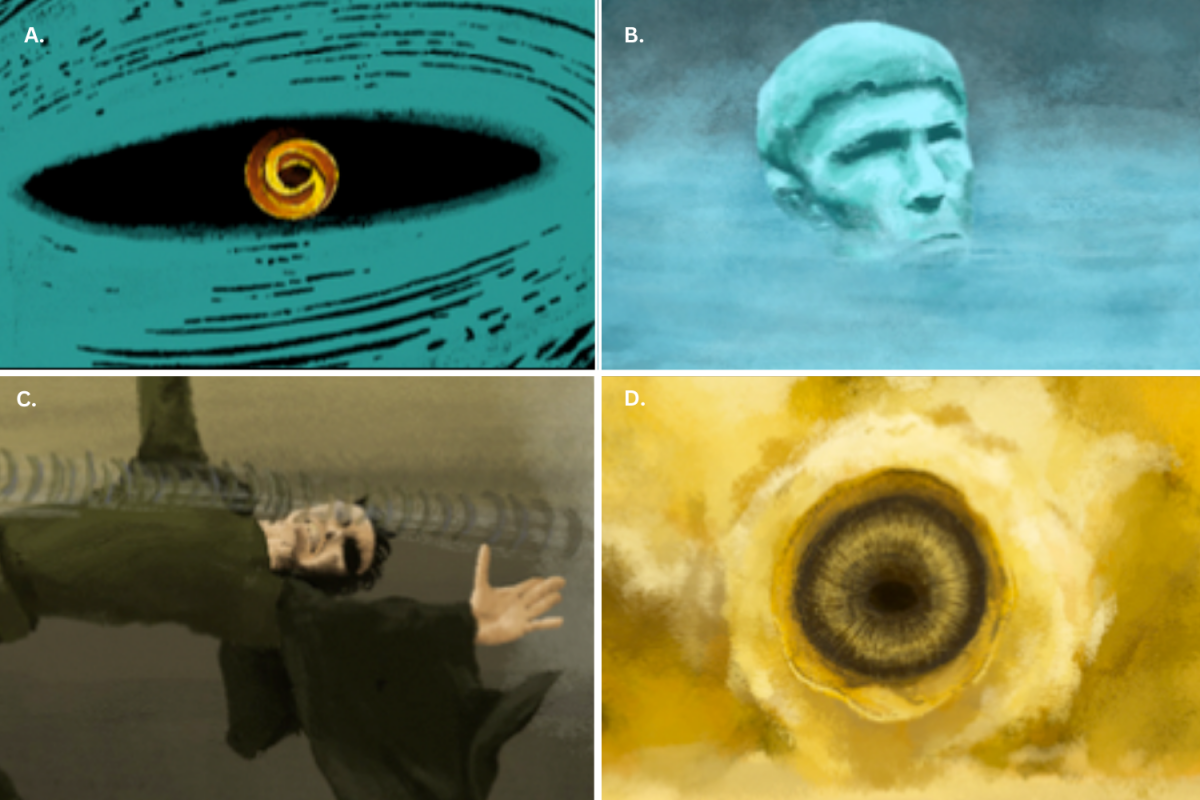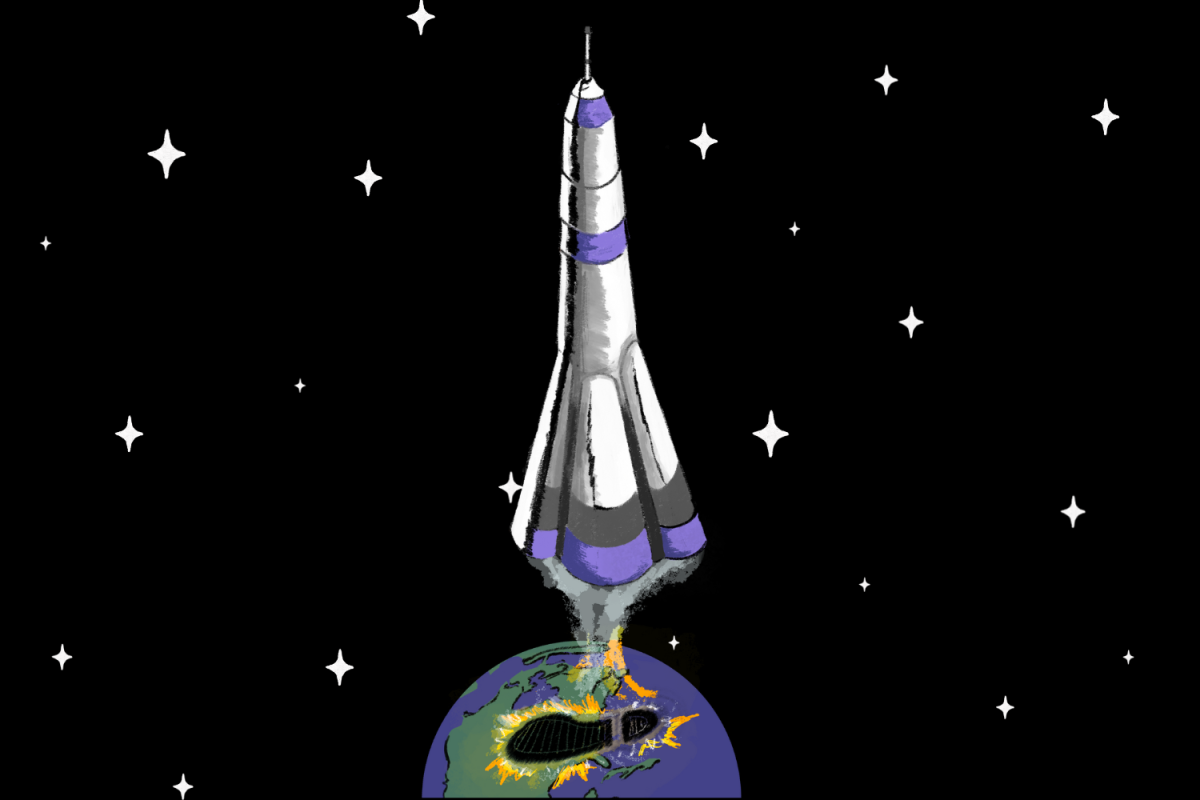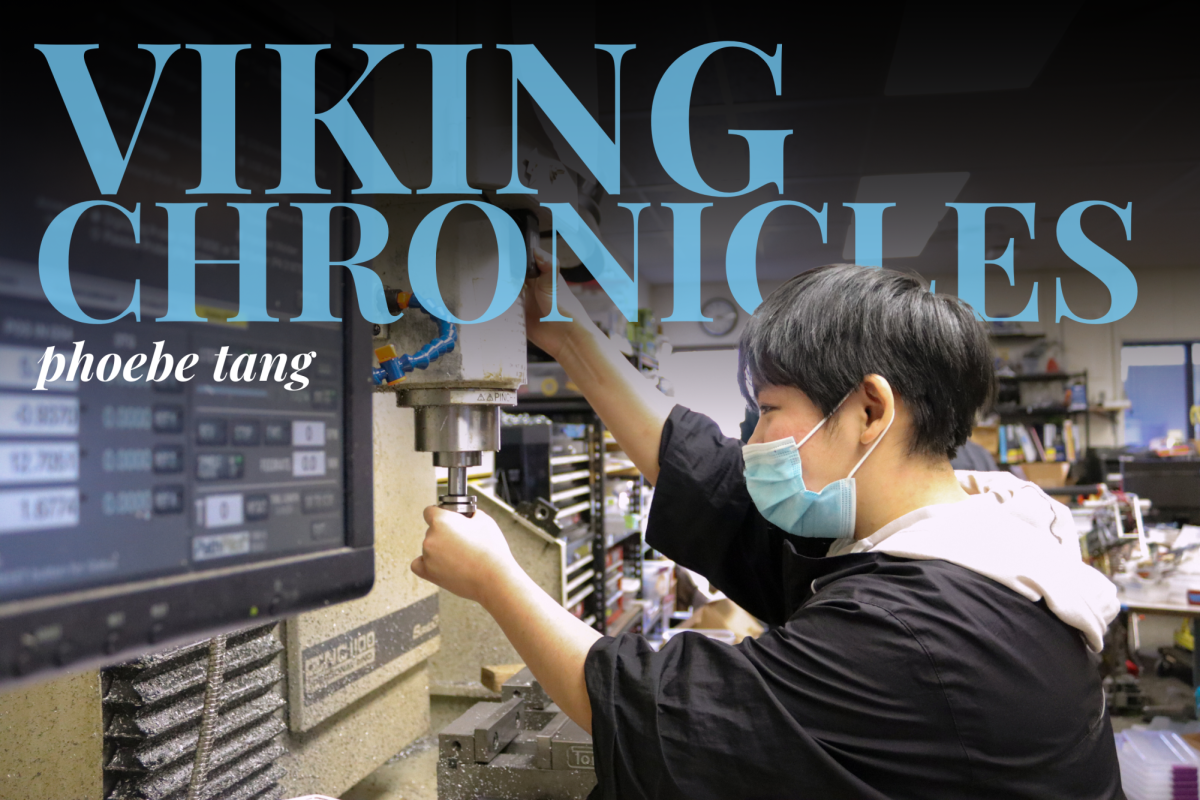The theater darkens and lights flash across the faces of a crowd of entranced movie-goers. In mere seconds, the room is transformed into a desert oasis, with fantastical fight scenes and magical battles, monsters plucked right from a fairy tale and landscapes that seem to live and breathe. This is the power of computer-generated images, or CGI, which is the application of computer graphics for creating images in two dimensions and three dimensions, used widely within the film, art and video games industries.
CGI is a process that can create simple things like shapes in complicated environments that mimic reality with the use of specialized software. Many movie directors and film creators use software platforms such as Blender, Unreal Engine, Maya and Cinema 4D to create their CGI. CGI is generally categorized as either 2D CGI or 3D CGI. 2D CGI is widely used for creating flat, drawn objects, backgrounds and effects, while 3D animation generally creates more complicated figures and environments in video games, simulations and more. A way to visualize this difference is to understand that 2D CGI was used to create Disney classics like “The Princess and the Frog,” and 3D CGI was used to create newer movies like “Encanto” and “Moana.”
To create a CGI character, a film producer would first create a 3D model of the character, then create a digital skeleton to model it for motion. Subsequently, the 3D model is animated on the computer and matched to the live-action film. Similarly, computer-generated effects are procedurally animated, lit, rendered and composited to match the rest of the film.
CGI was first introduced in the 1958 live-action film, “Vertigo,” in the opening sequence animation. John Whitney, a pioneer of the age, experimented with anti-aircraft technology from World War II to bring about a feeling of vertigo — a sensation of motion or spinning that is often described as dizziness — with spirals and lines that created intricate flowering designs on a black background. Soon after, films such as “The Sine Curve Man,” “A Space Odyssey,” “Westworld” and “Star Trek IV: The Voyage Home” introduced novel concepts, including the digital morphing of faces, blending digital animation and live-action acting and 3D morphing. CGI was quickly becoming an indispensable and increasingly popular tool for directors and filmmakers.
“CGI opens up new worlds of storytelling and provides an immersive experience that wouldn’t otherwise be possible,” said Mark Hamer, a film and animation instructor at De Anza College. ” Since the beginning of cinema, moviemakers have used special effects to expand the possibilities of film as a storytelling medium.”
Unfortunately, a common complaint of early CGI revolved around how unrealistic it was in the mid-1900s. Viewers often spotted poorly-developed CGI, which diminished their perception of how helpful the tool could be. Additionally, the tools used to create CGI were still relatively new, so characters could look unnatural, with expressions that didn’t feel humanoid. However, the advancement of technology, computer image analysis and higher power technologies all contributed to the rapid transformation of the quality of CGI effects.
In the movie “Tron” from 1982, Visual Effects artists were able to achieve the look of the characters illuminated by having actors wear black-and-white costumes and film in black and white video. They manipulated the editing and backlighted the film to employ the desired color in the characters’ bodies. With the combination of physical effects and the abilities of advanced computer image simulation, the film displayed exceptional skill and breakthroughs in CGI abilities.
The use of green screens was popularized in the late 1800s following George Albert Smith’s use of a double exposure technique. He originally used a black background cloth instead and replaced parts of images to incorporate a separate background. Over the years, modern filmmakers have replaced black with green because of its stark contrast with the color tones of characters and accessories on camera.
In 1999, the movie “The Matrix” made a big breakthrough within the world of CGI. With the use of multiple cameras, film directors Katsuhiro Otomo and Yuen Woo-ping created the famous airborne fight scenes and bullet-dodging slow-motion shots. Then, in 2001, the first photo-realistic human character was created: Dr Aki Ross, the heroine of Hironobu Sakaguchi’s sci-fi film; in 2004, the first motion-capture feature film, “The Polar Express,” was released. In 2009, “Avatar: became well known for using Weta Digital’s notable new facial capture technology to create characters that were larger than life yet full of emotion. In the end, the film was composed of 60% CGI, which created the digital characters and beautiful environments. This period of time saw massive development e in CGI techniques and increase in use.
“Over the course of my career, there have been noticeable advances in technology and the quality of CGI has drastically improved,” Hamer said. “For example, compare the performance of a fully CGI character like ‘Golem in the Lord of the Rings’ (2001) with earlier attempts to create a computer-generated character with realistic human movements like the T-1000 in ‘Terminator 2’ (1991). That’s a lot of progress in one decade for this technology, and it keeps getting more advanced each year.”
Now, in 2024, theaters show CGI-incorporated movies such as “Dune 2” and “Avatar: the Way of the Water.” “Dune 2” was lauded for its fight scenes and the fact that it was almost impossible to tell what was and wasn’t CGI, with the general public praising the seamless integration of the special effects. Director Denis Villeneuve aimed to shoot as much of the movie in-person, filming a lot of the scenes in a Jordan desert. Meanwhile, “Avatar: the Way of the Water” was praised by movie critics and audiences alike for a different reason: the realistic and expressive digital characters, but also the fantastical and magical environment. Writer and director James Cameron wanted the actors and the scenes to look as real as possible, so the crew implemented underwater performance capture to do so. The process tracks live movements of actors on screen, and during the editing process, the team integrates CGI into the scene. While these two are the most recent CGI breakthroughs, many other movies have remained in the minds of the audience in relation to good CGI.
“I would say that earlier the Avengers movies like the Iron man movies were pretty groundbreaking in CGI, especially with how they made Iron man suits,” senior Film and Photo Society President Gio Cabaltica said.
Now, the film industry has grown increasingly reliant on artificial intelligence. From generating scripts to predicting box office successes and fine-tuning CGI effects, the possible applications for AI in film are diverse. In fact, the industry’s heavy dependence on AI for CGI has sparked outrage within the community with members of the SAG-AFTRA actor’s union striking. There has been a debate over whether or not works like CGI in films created by AI can be deemed original. Some claim it takes away from the importance of human creativity and art while others support the use of AI as a tool to enhance productivity.
“The stories still need to be good or the audience won’t care,” Hamer said. “We’ve all gone to a CGI blockbuster that ended up being boring. The most effective use of CGI is when it’s used to reinforce a great story.”
Nevertheless, the future of CGI in conjunction with AI undeniably holds promising advancements. With the usage of AI, simply entering word prompts can create flawless renditions of life-like videos. Such accurately synthesized videos are possible because of the sufficient base data training sets that are fed to the AI models and the additional plethora of interactive data that the models receive. Fortunately, the job of VFX artists is not jeopardized by AI because, although AI is good at following directions, it cannot self-direct. Prompts for AI to alter CGI can only go so far because when it comes to human-like movements and looks, the employment of VFX artists’ skills are still preferred.










































































